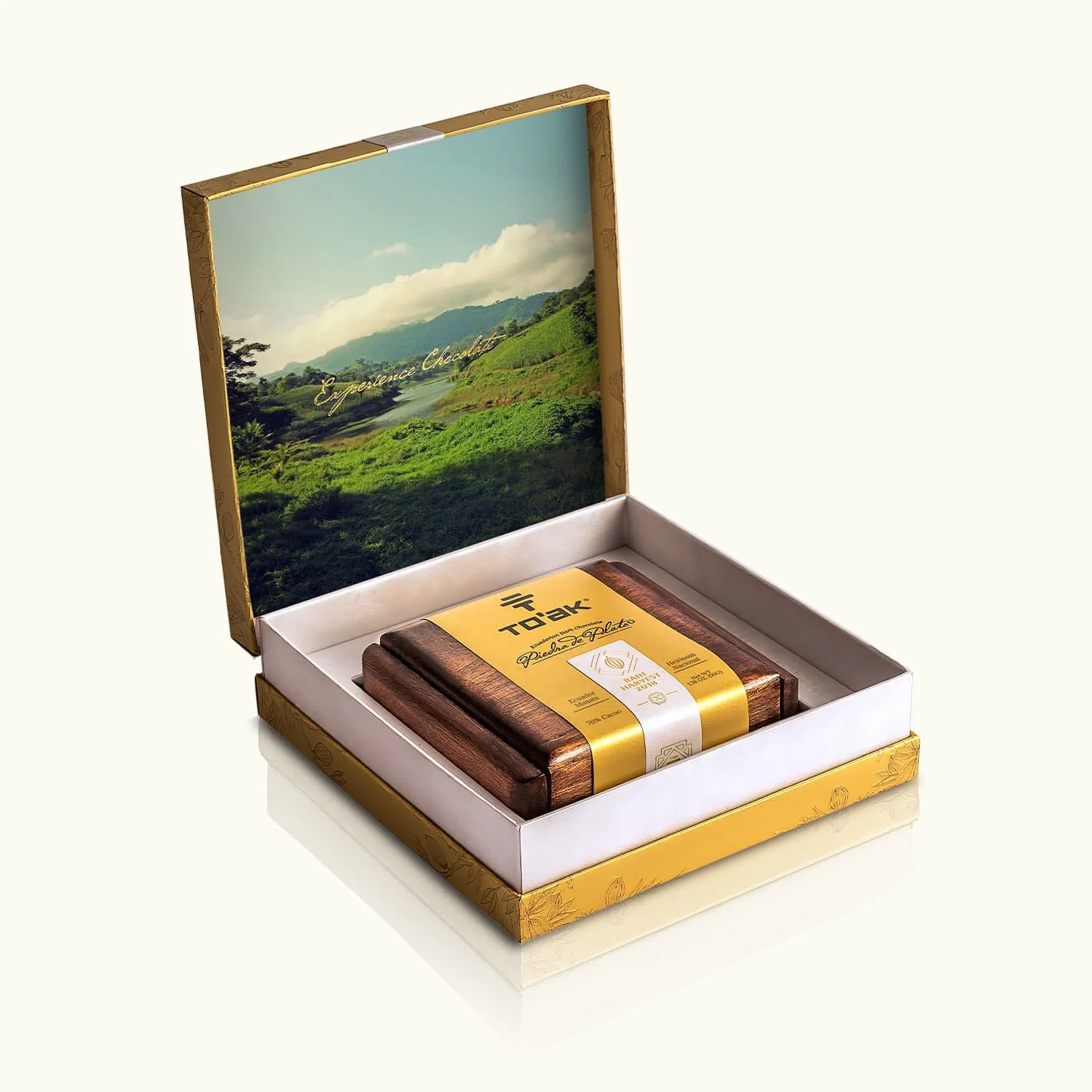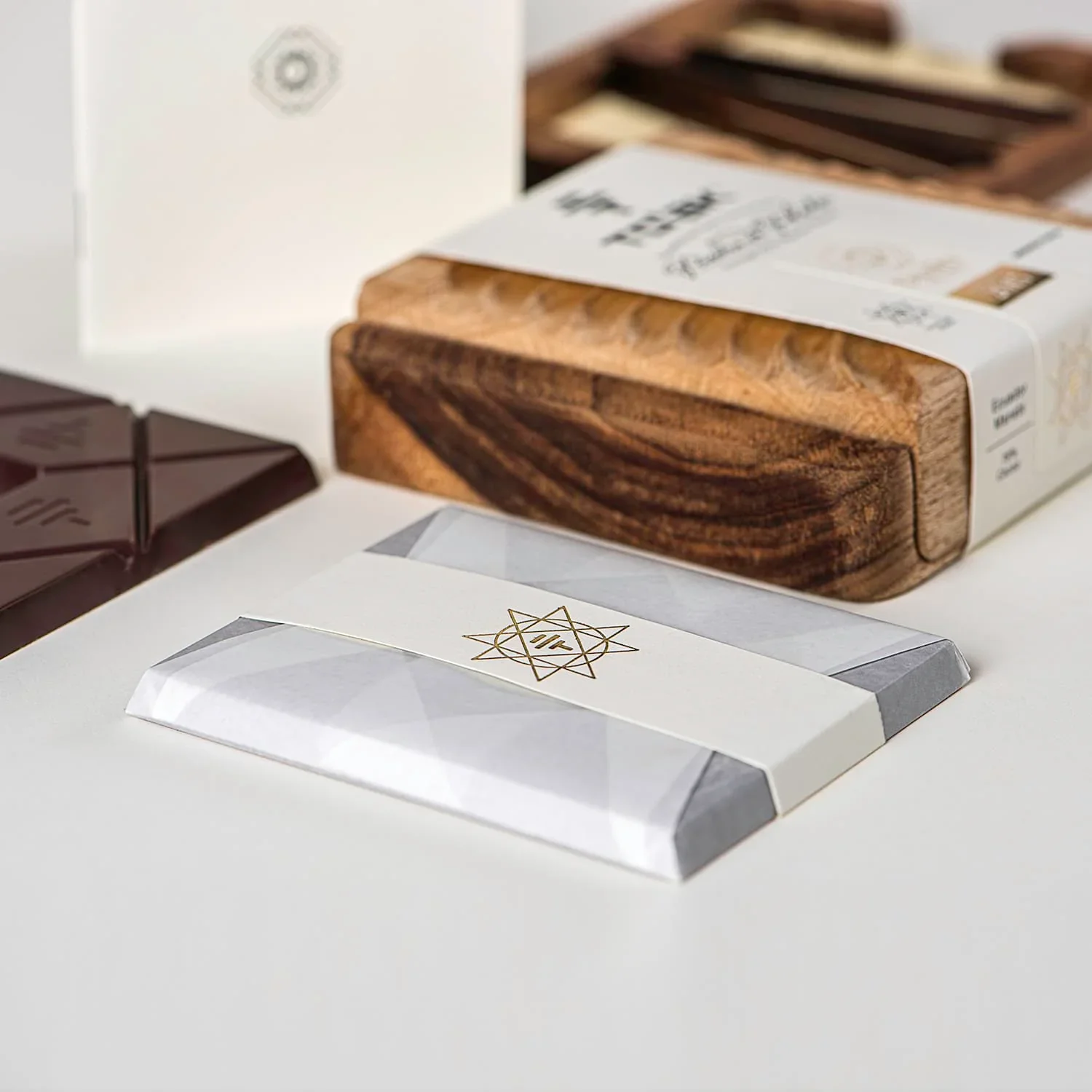Remember when packaging just needed to protect the product and look decent on a shelf?
Those were simpler times. Quaint, even.
Today, your packaging needs to be a shapeshifter. A multitasking marvel. A Swiss Army knife of consumer touchpoints. It needs to seduce on the shelf, perform on camera, tell a story in someone's hands, and, of course, still protect the product.
Welcome to the age of the unboxing, where Gen Z prefers mobile-first shopping experiences and often discovers products through social media. Your packaging isn't just packaging anymore. It's content. It's entertainment. It's a brand experience that begins long before the box is opened and continues long after the product is consumed.
The Unboxing Economy Is Real (And It's Spectacular)
Let's talk numbers that'll make your CFO pay attention:
Unboxing videos on YouTube alone have accumulated billions of views. Billions. With a B. That's more eyeballs than the Super Bowl, the World Cup, and the series finale of Game of Thrones combined.
But here's the part that should really get your attention: those viewers aren't just watching, they're buying. Studies show that unboxing videos directly influence purchase decisions, with viewers significantly more likely to purchase products they've seen unboxed.
Your packaging is no longer just competing for attention on a shelf. It's competing for views, likes, shares, and that most precious of all currencies: user-generated content.
The Three Brains Your Packaging Needs to Satisfy
Here's where it gets psychological. Your packaging needs to appeal to three different "brains" in every consumer:
The Reptilian Brain (The Instant Reactor)
This is the ancient part of our brain that makes split-second decisions. It's asking:
Is this safe?
Is this valuable?
Should I pay attention?
Your packaging has about 0.05 seconds to answer these questions. That's faster than a blink. This is where bold colours, interesting shapes, and clear hierarchy earn their keep.
The reptilian brain doesn't read, it reacts. It's attracted to:
Contrast and colour
Faces and eyes (yes, even illustrated ones)
Anything that breaks the pattern
Tactile elements that beg to be touched
The Limbic Brain (The Emotional Connector)
This is where feelings live. Where memories are made. Where brand love is born or dies.
The limbic brain is asking:
How does this make me feel?
Does this align with who I am?
Will this make me look good to others?
What story does this tell about me?
This is why storytelling allows CPG brands to foster trust by sharing a genuine story that portrays vulnerability and empathy. Your packaging needs to tell an emotional story, not just a functional one.
The Neocortex (The Rational Justifier)
This is the newest part of our brain, the part that thinks it's in charge (spoiler: it's not). The neocortex is responsible for:
Reading the fine print
Comparing prices
Evaluating features
Justifying the purchase
Here's the plot twist: the neocortex doesn't make the purchase decision. It justifies the decision the other two brains already made. Your packaging needs to give it the ammunition to do that.
(Source: Toak Chocolate)
The Five Moments of Truth (And Why Most Brands Only Design for One)
Moment Zero: The Digital Discovery
Before they ever see your product in person, consumers are meeting it online. Your packaging needs to:
Photograph beautifully from every angle
Read clearly at thumbnail size
Stand out in a grid of competitors
Tell its story without words (because who reads descriptions anymore?)
Moment One: The Shelf Seduction
This is the classic "first moment of truth". The 3-7 seconds when a shopper decides whether to pick up your product. But here's what's changed: Consumers worldwide are expected to spend $3.2 trillion more in 2025, which is nearly 6% growth from 2024 alone. With that much spending power, consumers can afford to be picky.
Your packaging needs to:
Disrupt the shelf pattern
Communicate value instantly
Feel premium (even if the price isn't)
Promise an experience, not just a product
Moment Two: The Consideration Phase
They've picked it up. Now what? This is where texture, weight, and details matter. The brain is gathering evidence to support (or reject) its initial attraction.
This is where details like:
Embossing and debossing
Spot UV or foil accents
Unexpected textures
Hidden messages or details
...earn their ROI. They're not just decorations, they're evidence of quality and care.
Moment Three: The Unboxing Performance
The purchase is made. The camera is rolling (maybe literally). This is your packaging's time to shine.
Great unboxing experiences have:
A sense of ceremony (even for everyday products)
Unexpected moments of delight
Multiple reveals
Share-worthy details
Reusable or keepable elements
Technology has evolved to the point that packaging doesn't have to be stagnant. Augmented reality (AR), QR codes, and scannable smart labels transform packaging into an interactive experience.
Moment Four: The Use Phase
The honeymoon's over. Now your packaging needs to prove it's not just a pretty face. Can it:
Reseal properly?
Pour without spilling?
Store efficiently?
Maintain product freshness?
Actually function as promised?
This is where beautiful design meets brutal functionality. Get this wrong, and all the gorgeous graphics in the world won't save you from one-star reviews.
Moment Five: The Afterlife
What happens when the product is gone? In 2025, this matters more than ever. Your packaging needs an exit strategy:
Clear recycling instructions
Reuse possibilities
Compostable materials
Minimal waste
Companies are setting material-specific sustainability goals, with health and safety of packaging being met with serious scrutiny.
The Unboxing Psychology Playbook
Create Anticipation
The best unboxing experiences start before the box is opened. Use:
Progressive disclosure (reveal information gradually)
Teaser text on outer packaging
Sealed elements that must be "broken" to access
Layered packaging that builds excitement
Engage Multiple Senses
We eat with our eyes first, but we experience with all our senses:
Sight: Colour, contrast, imagery
Touch: Texture, weight, temperature
Sound: The snap of a seal, the whisper of tissue paper
Smell: Subtle fragrance or the absence of chemical odours
(Taste comes later, but your packaging sets expectations)
Design for the Camera
Your packaging is going to be photographed. Design accordingly:
Create "hero angles" that photograph beautifully
Include photogenic details and moments
Consider how it looks under different lighting
Design for both close-ups and flat lays
Build in Surprise
The brain loves unexpected rewards. Give it some:
Hidden messages under flaps
Unexpected colour reveals
Bonus content or samples
Interactive elements
Easter eggs for true fans
The ROI of Unboxing Excellence
Here's what investing in unboxing psychology actually delivers:
Free Marketing: Every unboxing video is free advertising. Every Instagram story is brand awareness. Every TikTok is reach you didn't pay for.
Premium Perception: Products that unbox beautifully can command premium prices. The packaging becomes part of the product value.
Emotional Connection: Memorable unboxing experiences create emotional bonds that transcend the transaction.
Word of Mouth: People talk about experiences, not products. Give them something to talk about.
Repeat Purchase: The memory of a delightful unboxing experience influences future purchase decisions.
The Hard Truth About Modern Packaging
Your packaging is no longer just a container. It's a media channel. It's a brand ambassador. It's a content creator. It's a sustainability statement. It's a cultural artifact.
That's a lot of pressure to put on some cardboard and ink.
But here's the thing: the brands that understand this—the ones that design packaging for all five moments of truth, that consider the psychology of every interaction, that treat unboxing as an experience rather than an afterthought—those are the brands building cult followings.
In a world where CPG brands are relying upon influencer marketing to help boost brand awareness and product sales, your packaging might be your most influential influencer.
The Bottom Line That Actually Matters
The psychology of unboxing isn't just about creating viral moments (though those are nice). It's about understanding that every interaction with your packaging is an opportunity to reinforce your brand promise, build emotional connection, and create memorable experiences.
Your packaging needs to work harder because consumers expect more. They expect to be delighted. They expect to be surprised. They expect their unboxing experience to be as thoughtful as the product inside.
Is that a lot to ask from packaging? Absolutely.
Is it also an incredible opportunity to differentiate your brand? You bet.
The brands that win in 2025 won't be the ones with the biggest budgets or the flashiest graphics. They'll be the ones that understand the psychology of every touch, every reveal, every moment of interaction between human and package.
They'll be the ones that remember that inside every consumer is a person who still gets excited about opening presents. And your packaging? It's the wrapping paper on the gift of your brand.
Make it count. Make it memorable. Make it work harder than it's ever worked before.
Because in the age of unboxing, good enough isn't good enough anymore.


